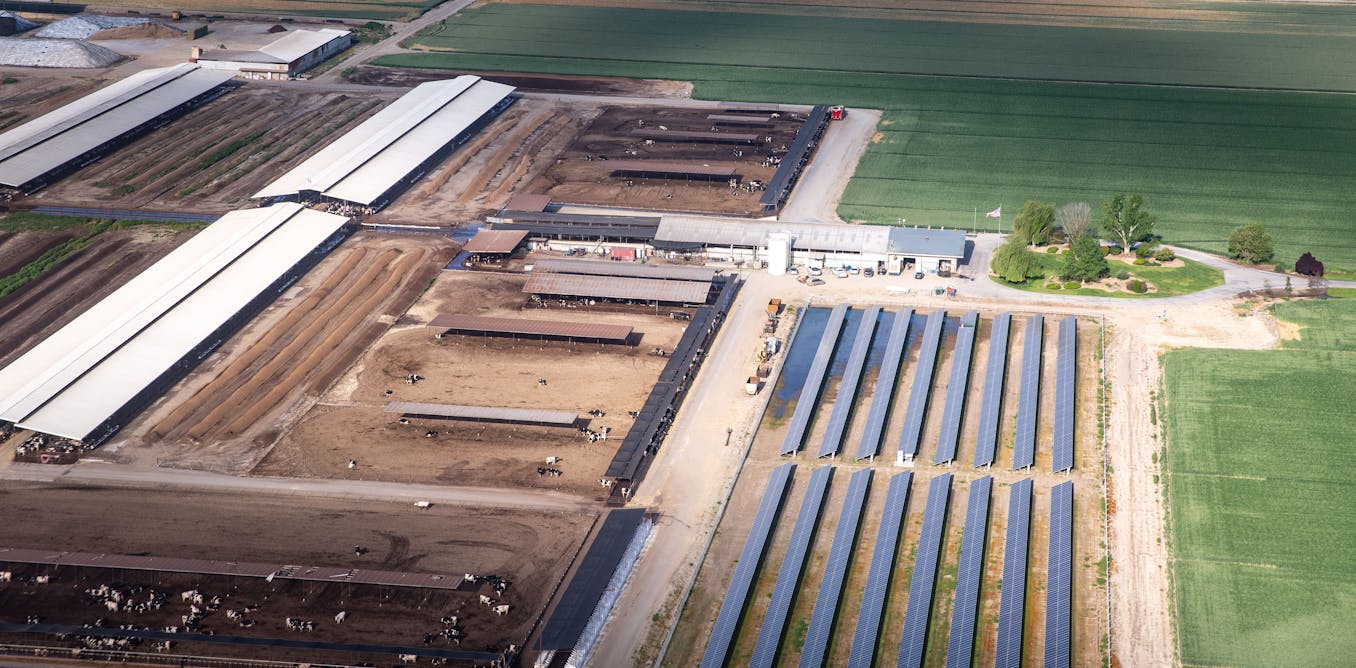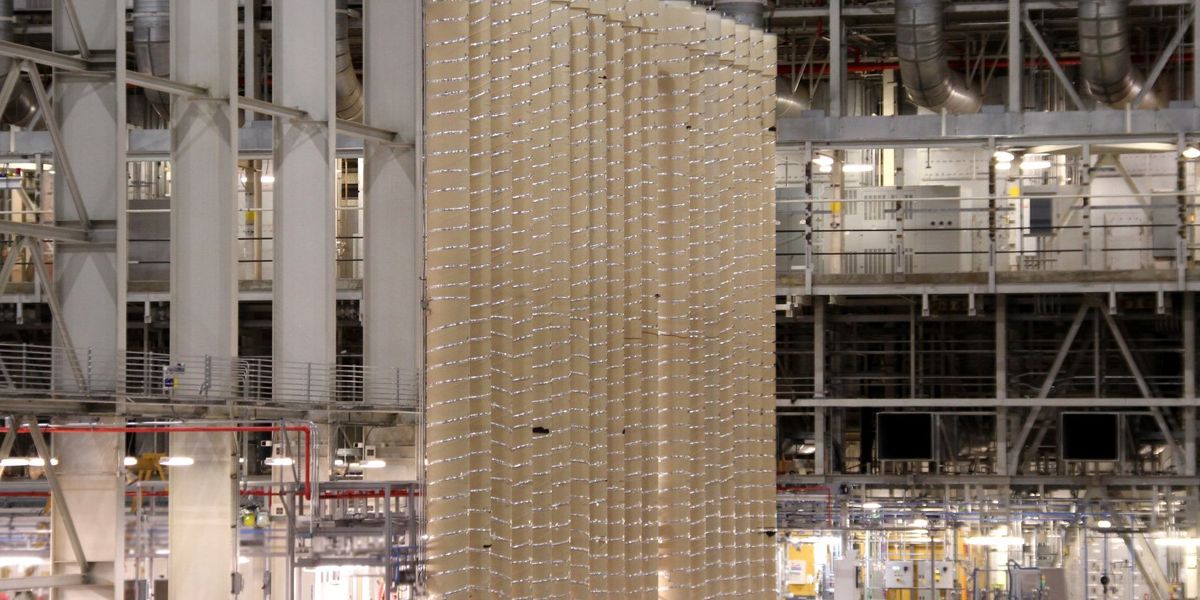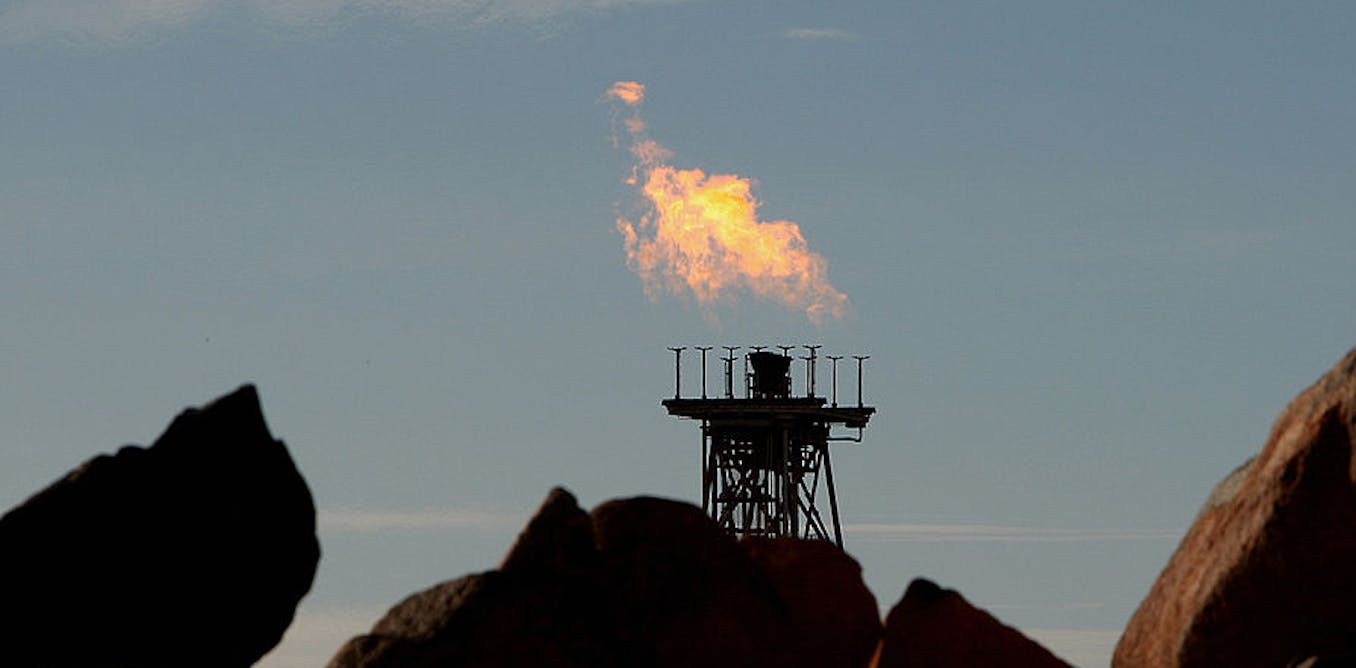The 93 currently active nuclear-power reactors in the United States burn about 2,000 tonnes of uranium fuel each year. However, the type of uranium fuel those reactors use is not going to cut it for the advanced reactors expected to go on line in the coming years, as part of the effort to meet the country’s goal of 100 percent clean electricity by 2035. The specialized fuel these advanced reactors will need is currently made on a commercial scale only in Russia.
Not for long, though. Last week, Centrus Energy in Bethesda, Md., jump-started the first commercial domestic nuclear fuel production in the United States in 70 years by delivering the first load of high-assay, low-enriched uranium (HALEU) fuel made at its Piketon, Ohio, plant to the U.S. Department of Energy (DOE). The company is on track to produce 20 kilograms of HALEU by the end of the year, and then expects to produce 900 kg in 2024, says Jeffrey Cooper, director of engineering at Centrus.
This is a critical step toward large-scale deployment of advanced nuclear plants in the United States. The DOE expects to invest about US $600 million to mature next-generation reactors through its Advanced Reactor Demonstration Program, and “nine out of 10 of those reactors use HALEU fuels,” Cooper says.
“We’d like to avoid increasing our dependence on energy fuels from Russia. So it’s critically important that we secure our supply of HALEU material, given the number of advanced reactors desiring to use it in the future for commercialization.” —Kathryn Huff, Department of Energy
Less than one percent of natural uranium is U-235, the uranium isotope capable of sustaining a nuclear chain reaction. Today’s reactors use low-enriched uranium (LEU), which is almost 5 percent U-235. HALEU is enriched further to a concentration, or assay, of almost 20 percent U-235, which is still considered low-enriched comparedwith the 90-plus percent level that is required for weapons-grade uranium.
“The higher concentration of U-235 allows for higher power densities in the cores of advanced reactor designs,” Cooper says. That means more efficient reactors with smaller cores, longer core lives, and less fuel waste. The energy in just 3 tablespoons of HALEU can supply a lifetime’s worth of power for the average U.S. consumer, according to Centrus.
Research reactors at U.S. national laboratories and universities today use a small amount of HALEU provided by the DOE. There are three different ways to make HALEU. Gaseous diffusion—the “old-school way we used to do it,” according to Kathryn Huff, the assistant secretary for nuclear energy at the DOE, at federally owned enrichment facilities for the Manhattan Project and commercial nuclear sector for years—fell from favor because it is extremely energy intensive.
Centrus and the Russian state-owned company Tenex, which are the only two outfits that can produce HALEU in the world, use a method called gaseous centrifusion. Centrus starts with…
Read full article: U.S. Reenters the Nuclear Fuel Game

The post “U.S. Reenters the Nuclear Fuel Game” by Prachi Patel was published on 11/13/2023 by spectrum.ieee.org



































